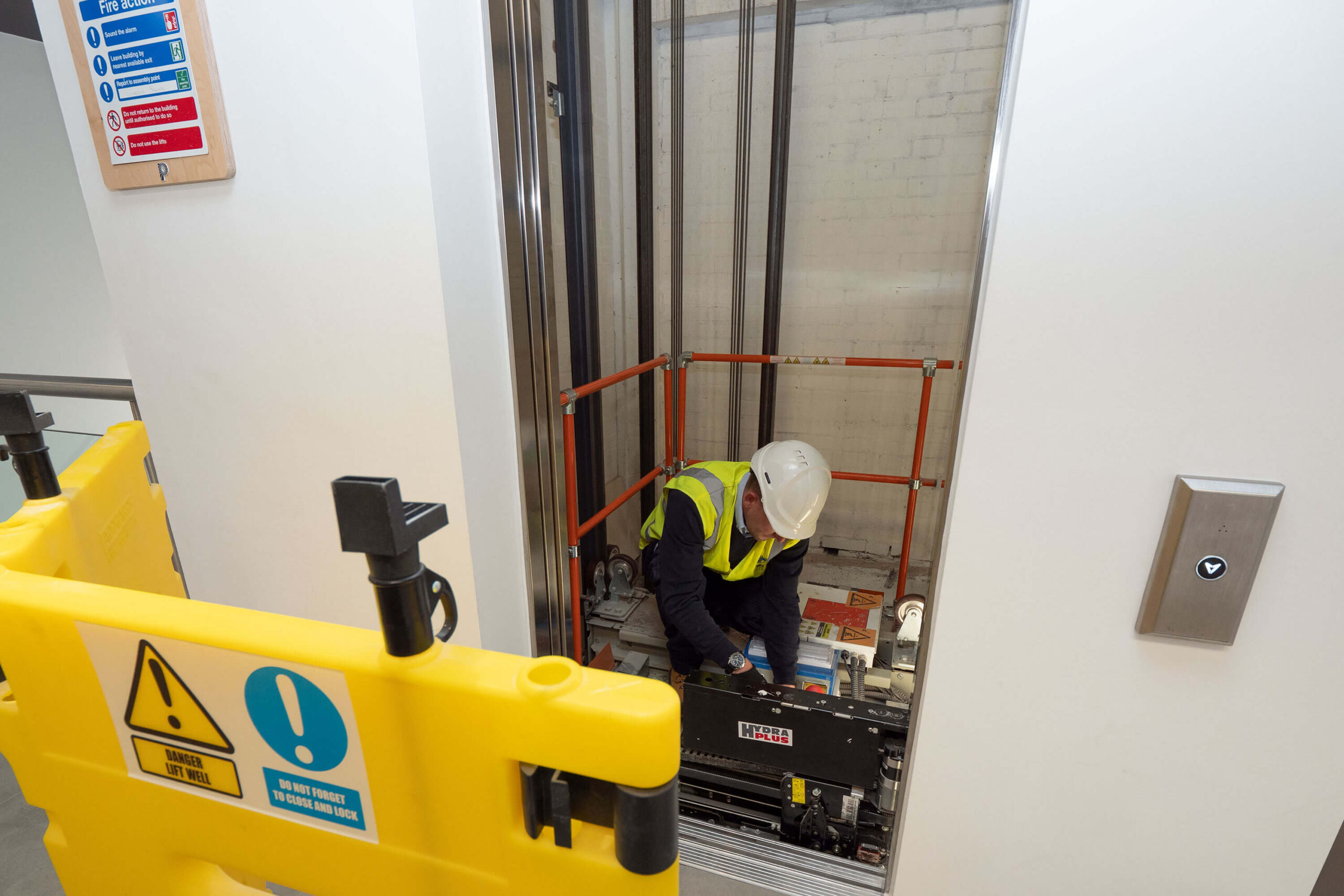A Thorough Approach to Enhancing Efficiency Via Strategic Lift Repair Work Techniques
In the world of center monitoring, the efficiency and dependability of lifts play a critical function in making certain smooth operations. A strategic and organized method to lift repair service and maintenance is crucial to make best use of performance and lessen downtime. By addressing common lift concerns, carrying out proactive upkeep measures, and creating targeted fixing strategies, facilities can optimize their lift systems to operate at peak performance levels. Nonetheless, the trick to accomplishing continual improvement hinges on utilizing data-driven understandings to educate decision-making processes and drive constant improvement. This comprehensive technique to enhancing lift performance through tactical repair techniques holds the guarantee of not just boosting functional efficiency but additionally expanding the life-span of lift systems.
Relevance of Lift Efficiency Optimization
Comprehending the value of maximizing lift performance is important for ensuring effective and trustworthy upright transport systems in numerous buildings and frameworks. Lifts are essential parts of contemporary facilities, providing vertical wheelchair for owners and goods within structures of varying heights. By enhancing lift performance, building owners and center supervisors can improve individual experience, improve energy performance, and rise total functional performance.
Efficient lift performance optimization includes different variables, including rate, capability, energy upkeep, intake, and safety and security demands. Effectively enhanced lifts can lower wait times for customers, specifically in high-traffic buildings, bring about boosted satisfaction and performance. Additionally, optimized lifts contribute to energy financial savings by utilizing sophisticated control systems and innovations that lessen power usage without endangering performance.

Identifying Common Lift Issues
Identifying typical lift problems is vital for preserving the functional effectiveness and safety and security of upright transport systems in buildings. This issue can be indicative of issues with the lift's electric motor, control system, or also the alignment of the lift cars and truck.
One more prevalent lift concern is unusual sounds originating from the lift shaft or equipment room. These noises can vary from grinding or scuffing sounds to loud clunking noises, every one of which might signal underlying mechanical concerns that need instant attention. Additionally, frequent door breakdowns, such as doors not opening or shutting correctly, can disrupt the smooth flow of passengers and posture safety and security threats.
Executing Aggressive Upkeep Procedures
To optimize the efficiency and durability of lift systems, aggressive maintenance steps play an important function in ensuring functional reliability and safety and security. lift breakdown. Implementing aggressive upkeep entails systematically evaluating, maintenance, and fixing components prior to they fall short, therefore stopping pricey downtime and possible safety and security hazards. Consistently scheduled assessments can aid determine small issues before they rise right into significant problems, inevitably extending the life-span of lift systems
One secret element of proactive maintenance is developing a comprehensive maintenance routine based upon producer recommendations and industry best methods. This routine needs to describe tasks such as lubrication, alignment checks, and component replacements at defined periods. Additionally, executing problem monitoring techniques, such as vibration evaluation and thermal imaging, can assist find early indications of wear or malfunction.
Moreover, training upkeep team on proper examination techniques and preventative maintenance procedures is crucial for the effective implementation of proactive upkeep actions. By cultivating a culture of aggressive upkeep within an organization, lift systems can operate at peak performance levels, reducing disturbances and guaranteeing the security of users.
Developing Targeted Repair Work Plans
Upon analyzing the maintenance documents and performance information, the engineering group can establish targeted repair work strategies to maximize and attend to particular problems lift system capability. These repair strategies are customized to the recognized troubles, guaranteeing that sources are focused on settling important concerns effectively. By focusing on repair work based on their influence on efficiency and security, the targeted repair plans help minimize downtime and maintenance prices while maximizing the lift system's dependability.
Developing these strategies involves a comprehensive evaluation of the lift system elements, including motors, cables, brakes, and control systems. Via this detailed analysis, the engineering team can figure out the root triggers of any type of malfunctions or degradation in performance. This info is after that made use of to produce a roadmap for the fixing process, describing the essential steps, timeline, and sources required to resolve each problem lift repair properly.
Additionally, targeted repair service strategies might consist of preventative measures to boost the lift system's longevity and performance. By proactively dealing with potential problems before they intensify, these strategies add to the total performance and safety of the lift system.
Using Data-Driven Insights
Utilizing the power of data-driven insights is crucial in enhancing lift system performance and upkeep efficiency. These anticipating upkeep methods help stop unanticipated breakdowns, reduce downtime, and extend the life expectancy of lift systems.

Verdict
In conclusion, enhancing lift efficiency is important for making certain performance and security in structures. By determining typical lift concerns, applying aggressive upkeep actions, developing targeted repair work strategies, and making use of data-driven understandings, organizations can improve performance and minimize downtime. It is important to take a thorough technique to lift fixing strategies to make the most of functional effectiveness and make certain the long life of lift systems.
By resolving typical lift concerns, implementing aggressive upkeep actions, and establishing targeted fixing strategies, facilities can enhance their lift systems to operate at peak performance degrees.An additional prevalent lift issue is weird sounds emanating from the lift shaft or machinery room.Upon assessing the upkeep records and performance information, the design team can establish targeted repair service strategies to optimize and resolve details concerns lift system performance. By prioritizing repairs based on their effect on performance and security, the targeted fixing strategies assist decrease downtime and upkeep expenses while maximizing the lift system's dependability.
It is crucial to take a thorough technique to lift repair service strategies to maximize operational effectiveness and make certain the durability of lift systems.